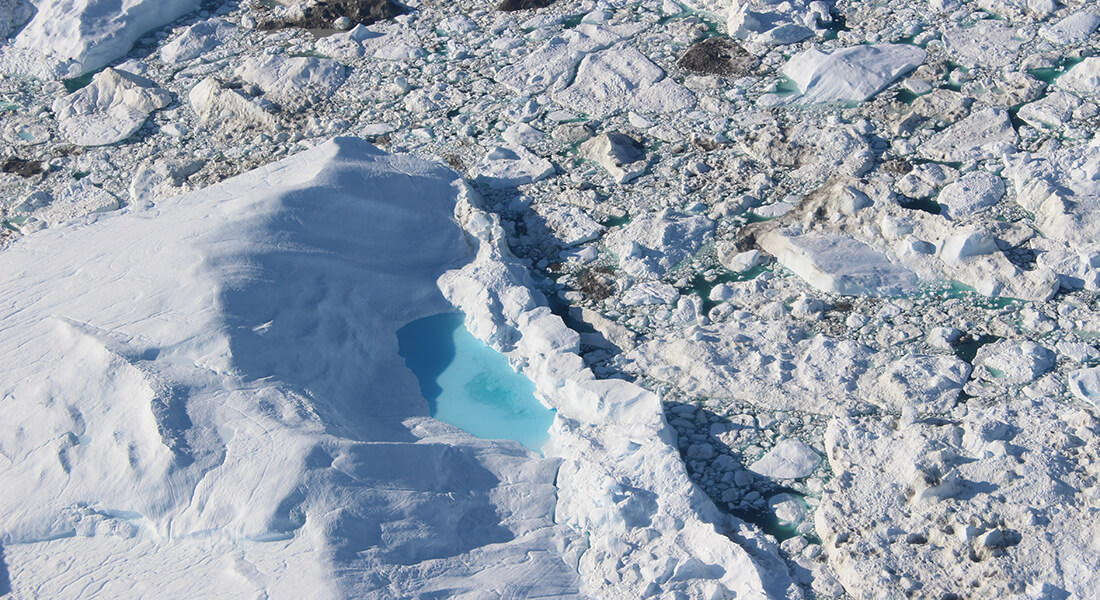LIQUIDICE
LinkIng and QUantifying the Impacts of climate change on inlanD ICE, snow cover, and permafrost on water resources and society in vulnerable regions

LIQUIDICE brings together 18 leading scientific institutions from Europe and India to employ cutting-edge technologies—from satellite observations to advanced climate models—to better predict how climate change will affect sea level rises, water resources availability hydrology, and millions of lives. The project will develop unique datasets, precise advanced climate models, and innovative tools for monitoring cryospheric changes. These results will enhance scientific understanding and provide policymakers with crucial information for climate adaptation strategies.
The project focuses on key glacial regions—so-called supersites—that are vital to both local ecosystems and global climate processes. Italy’s Monte Rosa glacier system supports hydroelectric power and winter tourism, but shrinking snow cover threatens these sectors. Norway’s Jostedalsbreen glacier supplies up to 15% of the country’s hydropower, making it essential for energy security. Greenland’s Ilulissat and Kangerlussuaq catchments reveal the global consequences of ice sheet melting, affecting water resources and sea levels. In Svalbard, permafrost degradation destabilizes infrastructure and alters hydrological conditions. The Himalayas face a critical challenge, as glacier melt and changing precipitation patterns could soon threaten drinking water access for 240 million people and up to 1.65 billion living downstream.
Funding
Coordinated by Instytut Geofizyki Polskiej Akademii Nauk
Project period: 1 February - 31 January 2029
PI: Assistant Professor Bartłomiej Luks, PhD
Department of Polar and Marine Research
Institute of Geophysics, Polish Academy of Sciences
Workpage leader: Lill Rastad Bjørst

Follow us on
Researchers
| Name | Title | Phone | |
|---|---|---|---|
| Lill Rastad Bjørst | Associate Professor |

